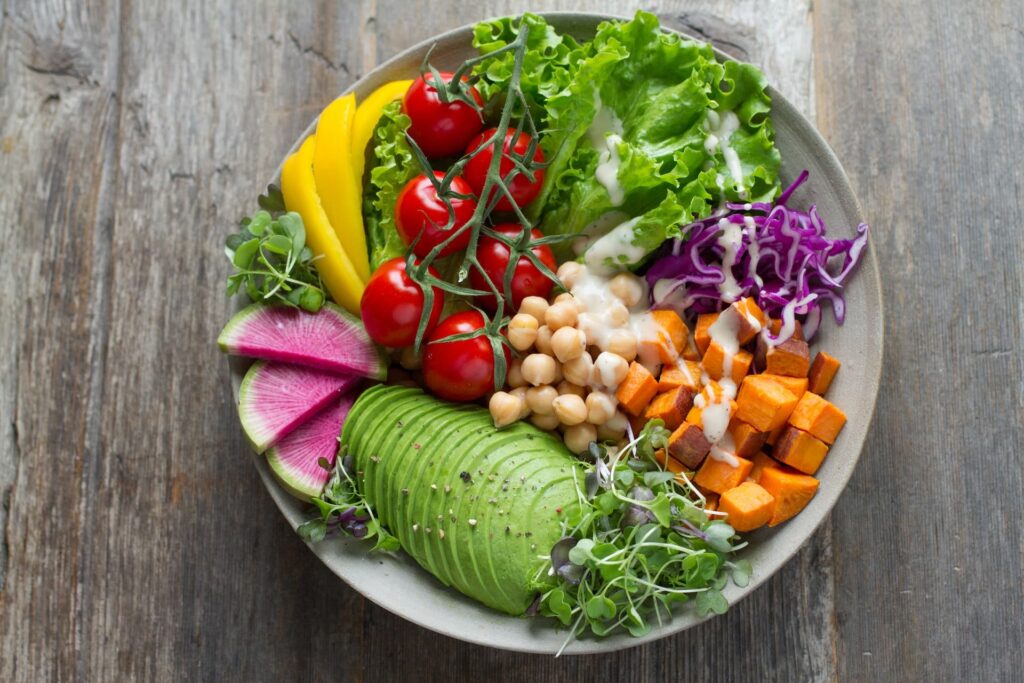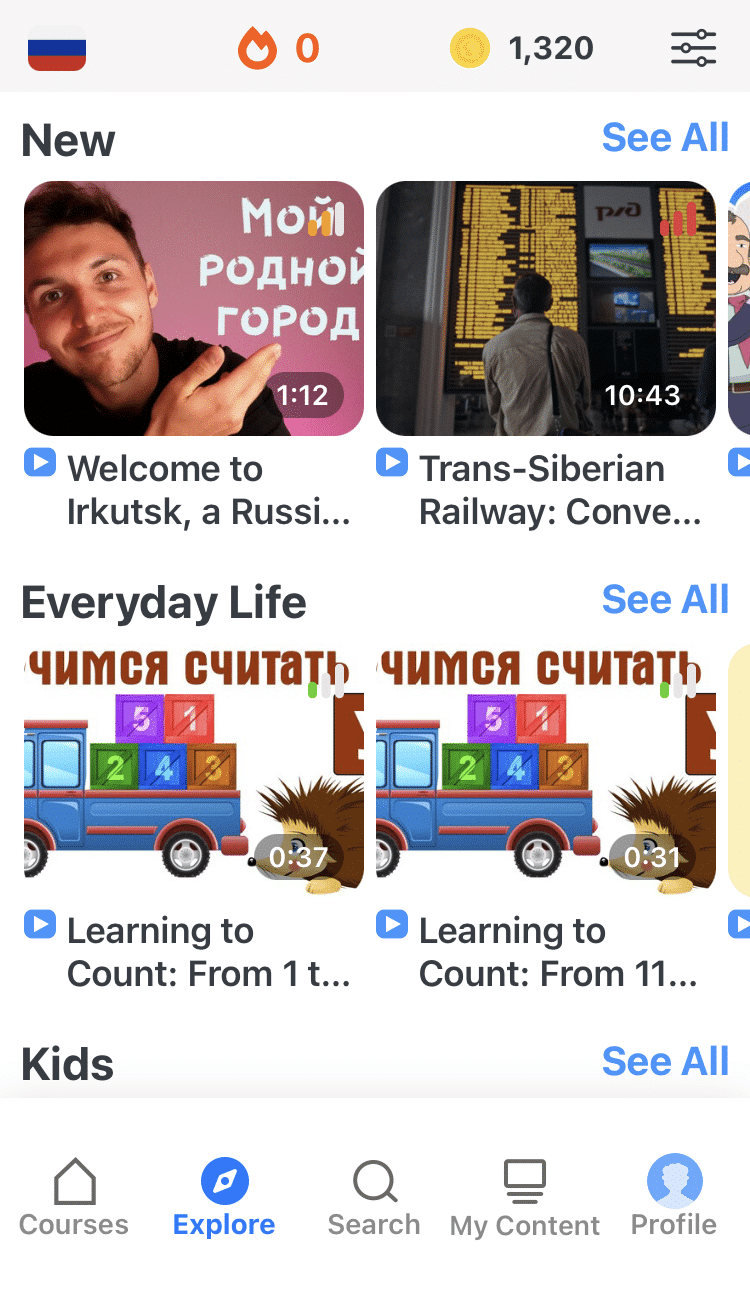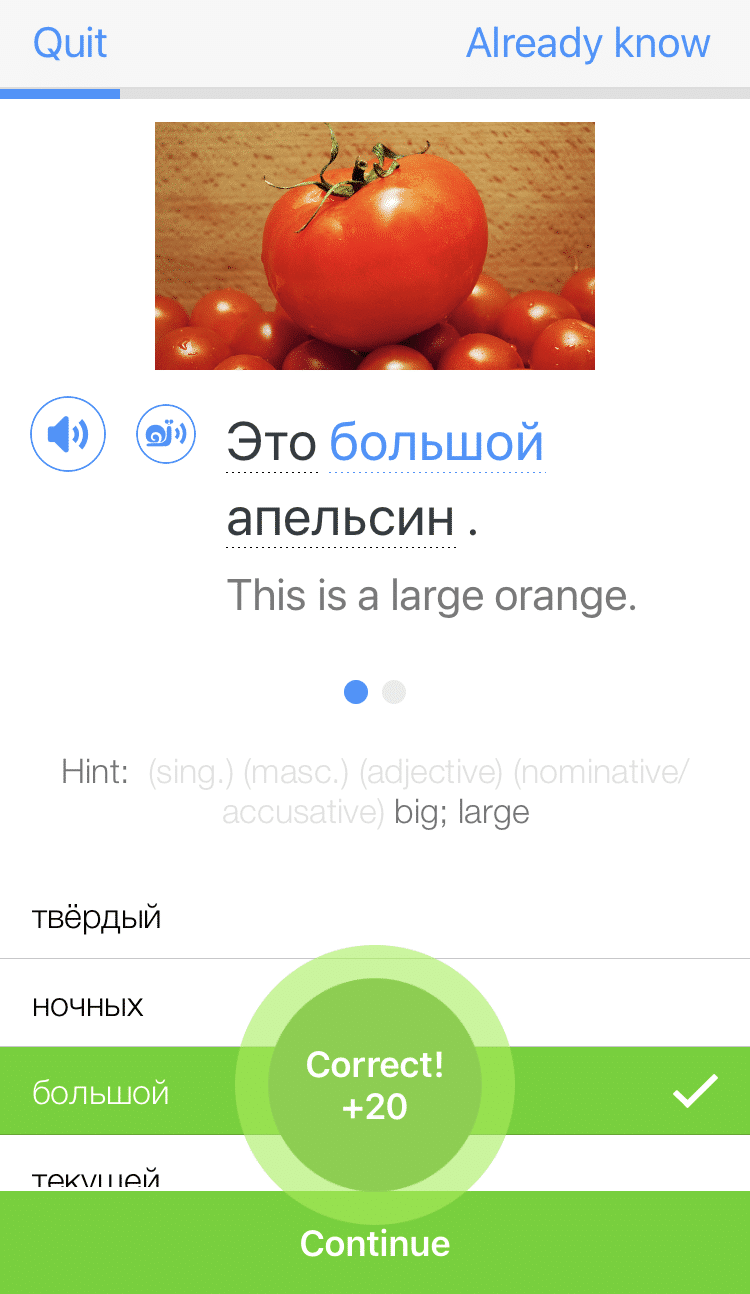
60 Vegetables in Russian
Forget fancy caviar, Russia’s culinary soul shines through its humble vegetables.
From borscht’s vibrant crimson to shchi’s comforting cabbage, these underdogs have nourished souls for centuries.
This post will teach you how to name practically any vegetable in Russian… and it might leave you with a craving for potato pancakes!
Contents
- Traditional Russian Vegetables
- Овощи (Ovoshi): Vegetables in Russian
- Beloved Russian Vegetable Dishes
- And One More Thing...
Download: This blog post is available as a convenient and portable PDF that you can take anywhere. Click here to get a copy. (Download)
Traditional Russian Vegetables
For centuries, vegetables have been the backbone of Russian cuisine, driven by necessity and tradition. Long winters and religious fasting periods made them essential for sustenance, while their ability to be preserved ensured food security.
These vegetables, in particular, are the backbone of Russian cultural dishes:
- Картошка (Kartoshka) — Potatoes: Widely consumed and versatile, potatoes are a staple in Russian cuisine. They’re used in everything from salads and pancakes to soups and main dishes.
- Капуста (Kapusta) — Cabbage: Cabbage is a key ingredient in dishes such as soups and salads.
- Свекла (Svekla) — Beets: Beets are a common component of borscht, a traditional Russian soup known for its vibrant color and rich flavor. They’re also used in various salads.
- Морковь (Morkov) — Carrots: Carrots are used in soups, stews and salads. They add sweetness and color to many Russian dishes.
- Лук (Luk) — Onions: Onions are a fundamental part of Russian cooking, providing flavor to soups, stews and various main courses.
- Чеснок (Chesnok) — Garlic: Garlic is used generously in Russian cuisine, contributing a strong flavor to dishes like garlic-infused soups and sauces.
- Помидоры (Pomidori) — Tomatoes: Tomatoes are used in salads, soups and sauces. They’re also a common ingredient in summer dishes when fresh produce is abundant.
- Огурцы (Ogurtzi) — Cucumbers: Cucumbers are popular in salads, pickles and cold summer soups like okroshka. Add fresh chopped cucumbers to your cold summer borscht for a delicious crunch!
- Перцы (Pertzi) — Peppers: Both sweet and hot peppers are used in Russian cuisine, adding flavor and spice to different dishes.
- Укроп (Ukrop) — Dill: While it’s an herb, dill is so commonly used in Russian cooking that it deserves mention. It flavors pickles, salads and various dishes.
These vegetables form the foundation of many traditional Russian meals, providing a balance of flavors and nutritional elements.
Овощи (Ovoshi): Vegetables in Russian
Below, you’ll find the names for practically any vegetable you’ll ever want to talk about in Russian. You can click on any Russian word to hear its pronunciation and study it over on the FluentU program for additional context.
FluentU takes authentic videos—like music videos, movie trailers, news and inspiring talks—and turns them into personalized language learning lessons. You can try FluentU for free for 2 weeks. Check out the website or download the iOS app or Android app. P.S. Click here to take advantage of our current sale! (Expires at the end of this month.)
Root Vegetables
| Russian | Pronunciation | English |
|---|---|---|
| Корнеплоды | Korneplody | Root Vegetables |
| Морковь | Morkov' | Carrot |
| Картошка | Kartoshka | Potato |
| Батат | Batat | Sweet potato |
| Свекла | Svekla | Beets |
| Репа | Repa | Turnip |
| Пастернак | Pasternak | Parsnip |
| Редька | Redka | Radish |
| Брюква | Bryukva | Rutabaga |
| Ямс | Yams | Yam |
| Дайкон | Daikon | Daikon radish |
| Топинамбур | Topinambur | Jerusalem artichoke |
| Хикама | Hikama | Jicama |
| Кассава | Kassava | Cassava |
| Имбирь | Imbir' | Ginger |
| Куркума | Kurkuma | Turmeric |
| Хрен | Hren | Horseradish |
Leafy Greens
| Russian | Pronunciation | English |
|---|---|---|
| Листовые овощи | Listovye ovoschi | Leafy Greens |
| Шпинат | Shpinat | Spinach |
| Кале | Kale | Kale |
| Салат романо | Salat romano | Romaine lettuce |
| Швейцарская свекла | Shveytsarskaya svekla | Swiss chard |
| Кольраби | Kol'rabi | Collard greens |
| Руккола | Rukkola | Arugula |
| Жеруха | Zherukha | Watercress |
| Пак-чой | Pak-choy | Bok choy |
| Горчичные листья | Gorchichnye list'ya | Mustard greens |
| Айсберг | Aysberg | Iceberg lettuce |
| Эндивий | Endiviy | Endive |
| Эскароль | Eskarol' | Escarole |
| Капуста | Kapusta | Cabbage |
Alliums
| Russian | Pronunciation | English |
|---|---|---|
| Луковые | Lukovye | Alliums |
| Лук | Luk | Onions |
| Чеснок | Chesnok | Garlic |
| Лук-порей | Luk-porey | Leeks |
| Лук-шалот | Luk-Shalot | Shallots |
| Лук скорода | Luk skoroda | Chives |
| Зеленый лук | Zelenyy luk | Scallions |
Legumes
| Russian | Pronunciation | English |
|---|---|---|
| Бобовые | Bobovye | Legumes |
| Нут | Nut | Chickpeas |
| Чечевица | Chechevitsa | Lentils |
| Урдю | Urdu | Black beans |
| Фасоль | Fasol' | Kidney beans |
| Бобы пинто | Boby pinto | Pinto beans |
| Соевые бобы | Soyevye boby | Soybeans |
| Эдамамэ | Edamame | Edamame |
| Адзуки | Adzuki | Adzuki beans |
| Красная чичевица | Krasnaya chichevitsa | Red lentils |
| Зеленый горошек | Zelenyy goroshek | Green peas |
Other Vegetables
| Russian | Pronunciation | English |
|---|---|---|
| Помидоры | Pomidory | Tomatoes |
| Болгарский перец | Bolgarskiy perets | Bell peppers |
| Баклажан | Baklazhan | Eggplant |
| Острые перчики | Ostrye perchiki | Hot peppers |
| Физалис | Fizalis | Tomatillos |
| Брокколи | Brokkoli | Broccoli |
| Цветная капуста | Tsvetnaya kapusta | Cauliflower |
| Капуста | Kapusta | Cabbage |
| Брюссельская капуста | Bryussel'skaya kapusta | Brussels sprouts |
| Тыква | Tykva | Pumpkin |
| Кабачок | Kabachok | Zucchini |
Beloved Russian Vegetable Dishes
Cabbage in hearty shchi, beets in vibrant borscht and pickled cucumbers as a ubiquitous condiment—vegetables weren’t just food, they were woven into the tapestry of Russian culture, symbolizing comfort, resilience and the vibrant flavors born from simple ingredients.
These vegetable-centric dishes are staples of Russian cuisine, and beloved by many:
- Борщ (Borscht): This iconic beet soup is a national symbol of Russia and a staple in every household. It can be eaten hot or cold and features the deliciously sweet notes of beets and cabbage.
- Винегрет (Vinegret): This colorful salad features beets, potatoes, carrots and pickles, offering a refreshing and healthy side dish.
- Вареники (Vareniki): These dumplings are often filled with mashed potatoes or other root vegetables.
- Окрошка (Okroshka): This cold soup is ideal for a hot summer day. It’s made with a refreshing base of kvass (a fermented rye bread drink), and features chopped vegetables like cucumbers, radishes, green onions and sometimes potatoes. Okroshka can be vegetarian or include boiled meat or sausages.
- Жаркое (Zharkoe): This simple but comforting dish features roasted potatoes and onions, and is often made with beef or veal. It’s a popular side dish or a vegetarian main course, often served with fresh herbs like dill or parsley.
- Голубцы (Golubtsi): These savory stuffed cabbage rolls are made with cabbage leaves stuffed with a flavorful rice and meat filling (though vegan and vegetarian variations exist, as well). They’re cooked in a tomato sauce and are hearty and satisfying.
- Драники (Draniki): Traditional potato pancakes made with grated potatoes, finely chopped onions, flour and eggs, and fried until golden brown. Some recipes add grated apple or zucchini for a twist. These crispy and flavorful pancakes are often served with sour cream or applesauce.
- Vegetable stews: Russia has a variety of traditional vegetable stews, each with its own unique flavors and ingredients. Some popular examples include Щи (Shchi) — cabbage soup and Рассольник (Rassolnik) — pickled cucumber soup.
- Квашенная капуста (Kvashennaya kapusta): This is a sour sauerkraut (not sweet like German sauerkraut). It’s a fermented cabbage dish that’s commonly prepared by finely shredding cabbage and then fermenting it through various lactic acid bacteria.
Vegetables are deeply intertwined with the cultural identity and culinary traditions of Russia. Their resilience, versatility and unique flavors have earned them a special place in the hearts and stomachs of Russian people.
Try making a traditional vegetable-rich Russian dish to accompany your next group study sesh for an authentic taste of the culture and lanaguge!
If you love learning Russian and want to immerse yourself with authentic materials from Russia, then I should also tell you more about FluentU.
FluentU naturally and gradually eases you into learning the Russian language and culture. You'll learn real Russian as it's spoken by real Russian people!
FluentU has a very broad range of contemporary videos. Just a quick look will give you an idea of the variety of Russian-language content available on FluentU:
FluentU makes these native Russian videos approachable through interactive transcripts. Tap on any word to look it up instantly.
Access a complete interactive transcript of every video under the Dialogue tab. Easily review words and phrases with audio under Vocab.
All definitions have multiple examples, and they're written for Russian learners like you. Tap to add words you'd like to review to a vocab list.
And FluentU has a learn mode which turns every video into a language learning lesson. You can always swipe left or right to see more examples.
The best part? FluentU keeps track of your vocabulary, and gives you extra practice with difficult words. It'll even remind you when it’s time to review what you’ve learned. You'll have a 100% personalized experience.
Start using the FluentU website on your computer or tablet or, better yet, download the FluentU app from the iTunes or Google Play store. Click here to take advantage of our current sale! (Expires at the end of this month.)
And One More Thing...







